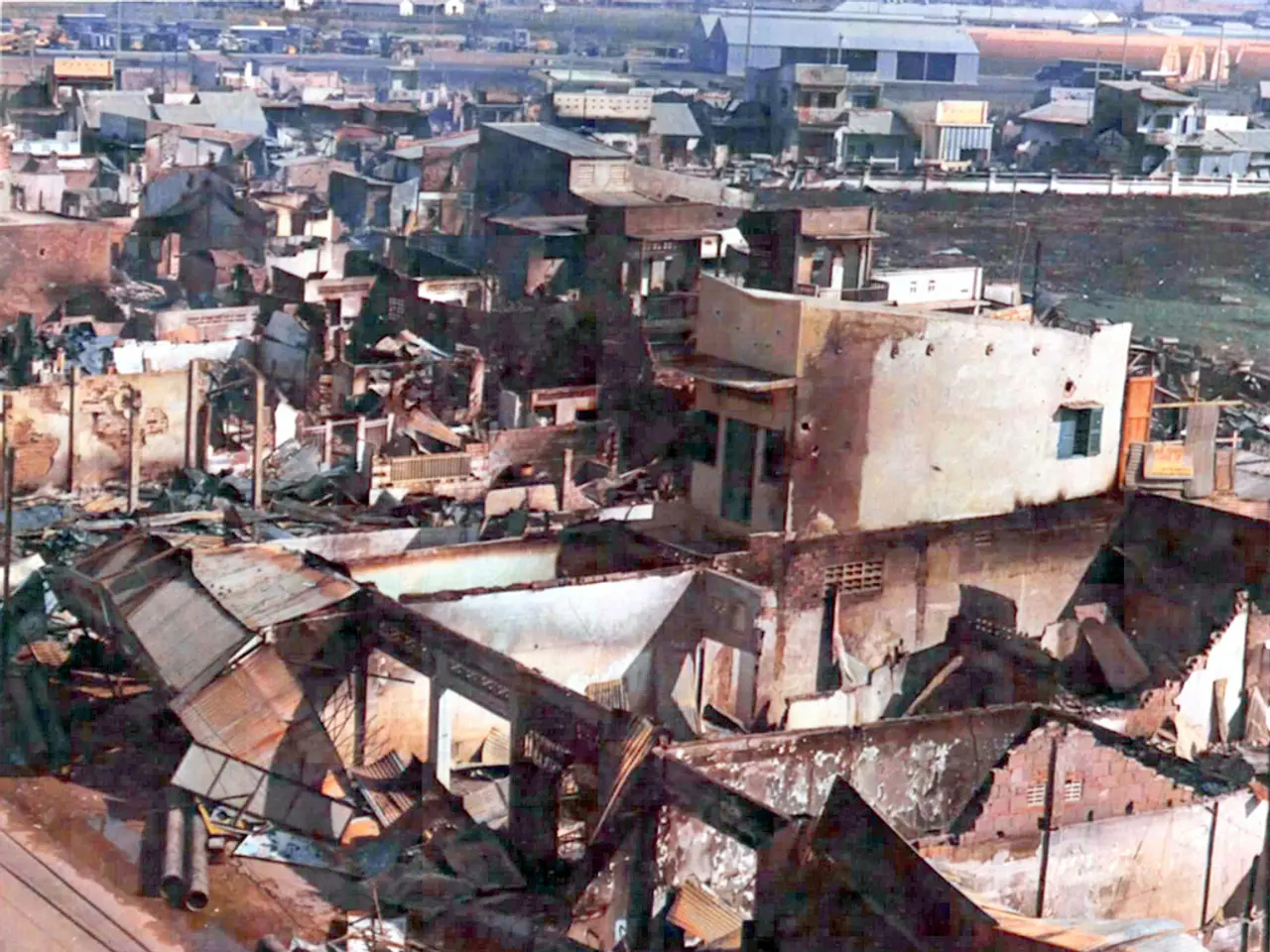Powerful 6.1-magnitude earthquake in Turkey claims one life in Balikesir region
On August 10, 2025, Turkey's western province of Balikesir was shaken by a 6.1 magnitude earthquake, with the epicenter located near the town of Sindirgi[1][2]. The quake resulted in significant destruction, with 16 to 17 buildings, including residential homes and mosque minarets, being flattened or severely damaged[1][2][3].
Tragically, an 81-year-old woman lost her life after being rescued, and at least 29 others were injured[1][2]. Multiple aftershocks followed, including a magnitude 4.6 tremor, heightening concerns about building safety[1].
Rescue and Recovery Efforts:
Immediate action was taken to aid those affected by the earthquake. Search and rescue teams operated diligently, successfully extracting four trapped individuals from rubble[1]. These emergency operations have since concluded with no further casualties reported[2].
Authorities have urged residents to avoid damaged or compromised buildings due to ongoing safety risks[1][2]. Turkey's Disaster Management Agency (AFAD) and other agencies are focusing on building assessments, infrastructure reinforcement, and preparedness measures to mitigate future earthquake risks, especially given Turkey’s location on multiple active fault lines (notably the North Anatolian Fault)[1].
President Recep Tayyip Erdogan publicly expressed his condolences and emphasized state efforts to assist victims and strengthen disaster resilience[1][2]. He also wished well for those affected by the earthquake and included a prayer for the protection of the country from any kind of disaster.
This 2025 earthquake serves as a reminder of Turkey’s persistent seismic vulnerability, especially following the devastating 7.8 magnitude earthquake in 2023 that claimed over 53,000 lives in southeastern regions[1][2].
In summary, the aftermath involves a combination of rescue completion, damage assessment, and strategic recovery planning, with ongoing vigilance against aftershocks and structural hazards as authorities work to protect the affected communities in Balikesir province[1][2][3]. The earthquake sent shocks that were felt as far as Istanbul, approximately 200 kilometers (125 miles) away. Turkey, situated on top of major fault lines, experiences earthquakes relatively frequently, making disaster preparedness and swift response crucial.
[1] Anadolu Agency. (2025). Turkey's Balikesir hit by 6.1 magnitude earthquake. Retrieved from https://www.aa.com.tr/en/turkey/turkeys-balikesir-hit-by-6-1-magnitude-earthquake/2120311
[2] Reuters. (2025). Turkey earthquake: At least 29 injured in 6.1 magnitude quake in western province. Retrieved from https://www.reuters.com/world/europe/turkey-earthquake-at-least-29-injured-6-1-magnitude-quake-western-province-2025-08-10/
[3] Turkish Minute. (2025). At least 29 injured in 6.1 magnitude earthquake in Turkey's Balikesir. Retrieved from https://www.turkishminute.com/2025/08/10/at-least-29-injured-in-6-1-magnitude-earthquake-in-turkeys-balikesir/
Media outlets across Turkey and beyond extensively covered the politics of disaster response in the aftermath of the earthquake, with general news outlets focusing on President Erdogan's statements and the strategic recovery planning by authorities. Moreover, several media platforms reported on the ongoing assessment of building safety and infrastructure reinforcement efforts in Balikesir province, emphasizing the importance of disaster preparedness in seismically active regions.








